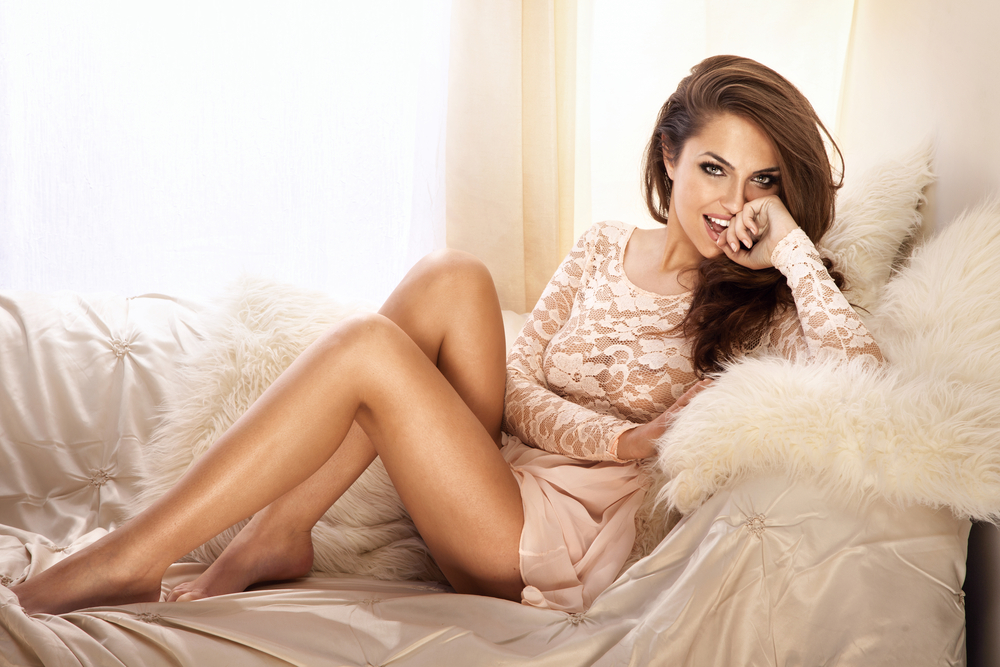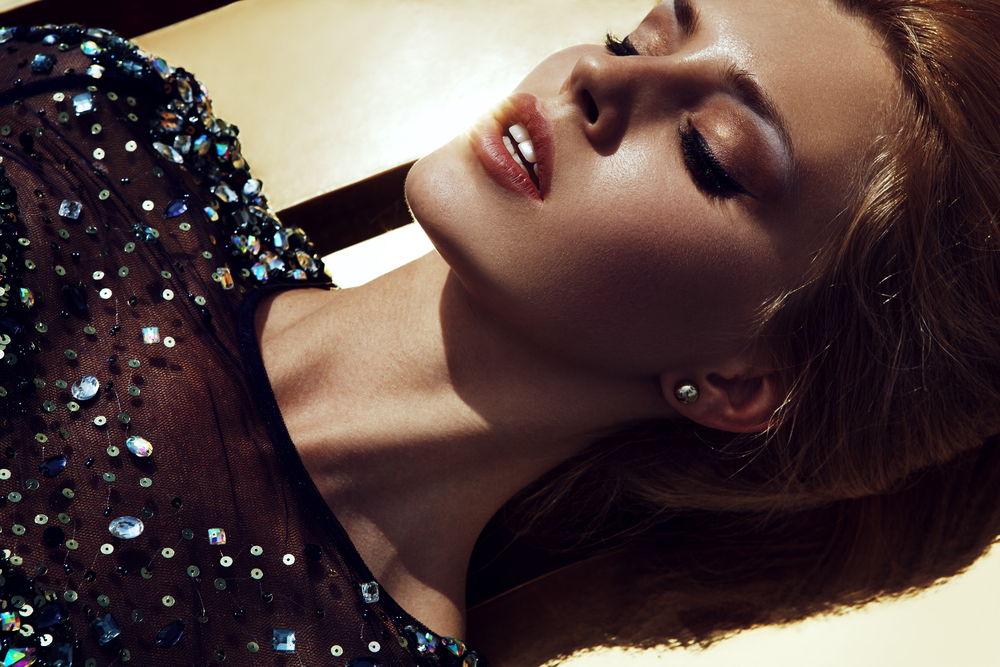
Mastering the Art of Modeling: Tips and Tricks for Stunning Photoshoots

Introduction:
Modeling is not just about striking a pose in front of the camera; it is an art form that requires skill, vision, and attention to detail. Whether you are an aspiring model or a professional looking to enhance your portfolio, there are a few tips and tricks that can turn an ordinary photoshoot into something extraordinary. In this article, we will explore some techniques that can help you master the art of modeling and create stunning photographs that will leave a lasting impression.
1. Know Your Angles and Expressions:
modelling (or modeling) is all about showcasing different emotions and characters through your expressions. Take the time to practice various poses and facial expressions in front of a mirror. Experiment with different angles and see which ones highlight your features in the most flattering way. Remember that what may feel unnatural in person might translate beautifully on camera. Play around with a range of expressions, from sultry to playful, and find your signature look.
2. Study and Emulate:
One of the best ways to improve your modeling (by models) skills is to study the work of successful models and photographers. Analyze their poses, body language, and expressions. Pay attention to their hand placements, body positioning, and use of props. Take inspiration from their work and try to incorporate elements of their style into your own. However, it is crucial to maintain your uniqueness and bring your own personality into each shot.
3. Develop a Connection with the Camera:
Establishing a connection with the camera is essential for creating engaging photographs. Imagine the lens as a person and try to convey your emotions directly to it. This connection will help your images appear more captivating and authentic, drawing viewers into your world. Allow yourself to be vulnerable and let your personality shine through. Embrace the camera, and it will reward you with stunning results.
4. Master Your Body Language:
modelling is not just about your face; your body language plays a vital role as well. Learn how to pose gracefully, with elongated limbs and a straight posture. Practice different ways of positioning your arms, hands, and legs to create dynamic and visually appealing compositions. Experiment with different body angles and levels to add variety to your portfolio. Remember, every part of your body can contribute to the overall look and feel of the photograph.
5. Use Props and Accessories:
Incorporating props and accessories into your photoshoot can elevate the visual impact dramatically. Props help to create a narrative and add interest to the shot. Whether it's a hat, a scarf, or a simple chair, these items can enhance your poses and provide additional layers of creativity. Experiment with different props that suit your personal style and the theme of the shoot. Carefully chosen accessories can make a big difference in the final result.
6. Understand Lighting:
Lighting is a crucial element in photography and can make or break a photoshoot. Learn to understand and manipulate natural and artificial lighting to create the desired mood and effect. Whether it's soft and diffused light for a romantic look or dramatic shadows for a high-fashion aesthetic, knowing how to work with lighting will significantly impact your photos. Experiment with different lighting setups and observe how they affect your facial features and overall composition.
7. Work with Professional Photographers:
Collaborating with professional photographers is an excellent way to expand your modeling (or modelling) skills and portfolio. They have the experience and expertise to guide you and bring out the best in you. Take advantage of their knowledge and ask for feedback during and after the shoot. A skilled photographer can offer valuable insights on posing, expressions, and styling, helping you refine your craft.
Frequently Asked Questions:
Q1: How can I overcome nervousness during a photoshoot?A1: Nervousness is natural, but practice and preparation can help ease those nerves. Take the time to warm up before the shoot, practice your poses, and find ways to relax, such as deep breathing or visualization exercises. Remember, the more comfortable and confident you feel, the better your photos will turn out.
Q2: What should I wear to a photoshoot?
A2: The clothing you choose depends on the concept and purpose of the shoot. Research the theme or discuss it with the photographer to determine the appropriate attire. However, it's always a good idea to bring a variety of outfits, including versatile options, so you have a range of options to work with during the shoot.
Q3: How can I ensure my makeup looks flawless on camera?
A3: Firstly, avoid using heavy makeup that can appear cakey or unnatural. Stick to a natural and fresh look that enhances your features. Consider hiring a professional makeup artist if possible, as they have experience in creating camera-ready looks. Additionally, make sure your skin is well-moisturized and use products with SPF to protect your skin from harsh lighting.
Q4: How can I find modeling opportunities and build my portfolio?
A4: Networking is key in the modeling industry. Attend events, join online communities, and connect with photographers, agencies, and fellow models. Collaborate with photographers on test shoots to build your portfolio. Additionally, consider creating an online presence through social media platforms or creating your own website to showcase your work.
Q5: How important is it to maintain physical fitness as a model?
A5: Physical fitness plays a role in the modeling industry, as it helps you maintain body proportions and stamina for long photoshoots. However, there is no one-size-fits-all standard for models, and diversity is celebrated. Focus on being healthy and embracing your unique body shape. Confidence and personality are vital aspects that can surpass any physical attributes.
In conclusion, modeling is a multifaceted art form that requires practice, creativity, and dedication. By mastering your angles, expressions, body language, and lighting techniques, you can elevate your modeling skills to new heights. Remember to study the work of successful models and photographers, experiment with props and accessories, and seek guidance from professionals. With these tips and tricks, you'll be well on your way to creating stunning photoshoots that leave a lasting impression.
Other useful resources
- https://blog.planetmodelphoto.com
- https://en.wikipedia.org/wiki/Category:Modeling_(profession)
- https://blog.planetmodelphoto.com/models/modeling/